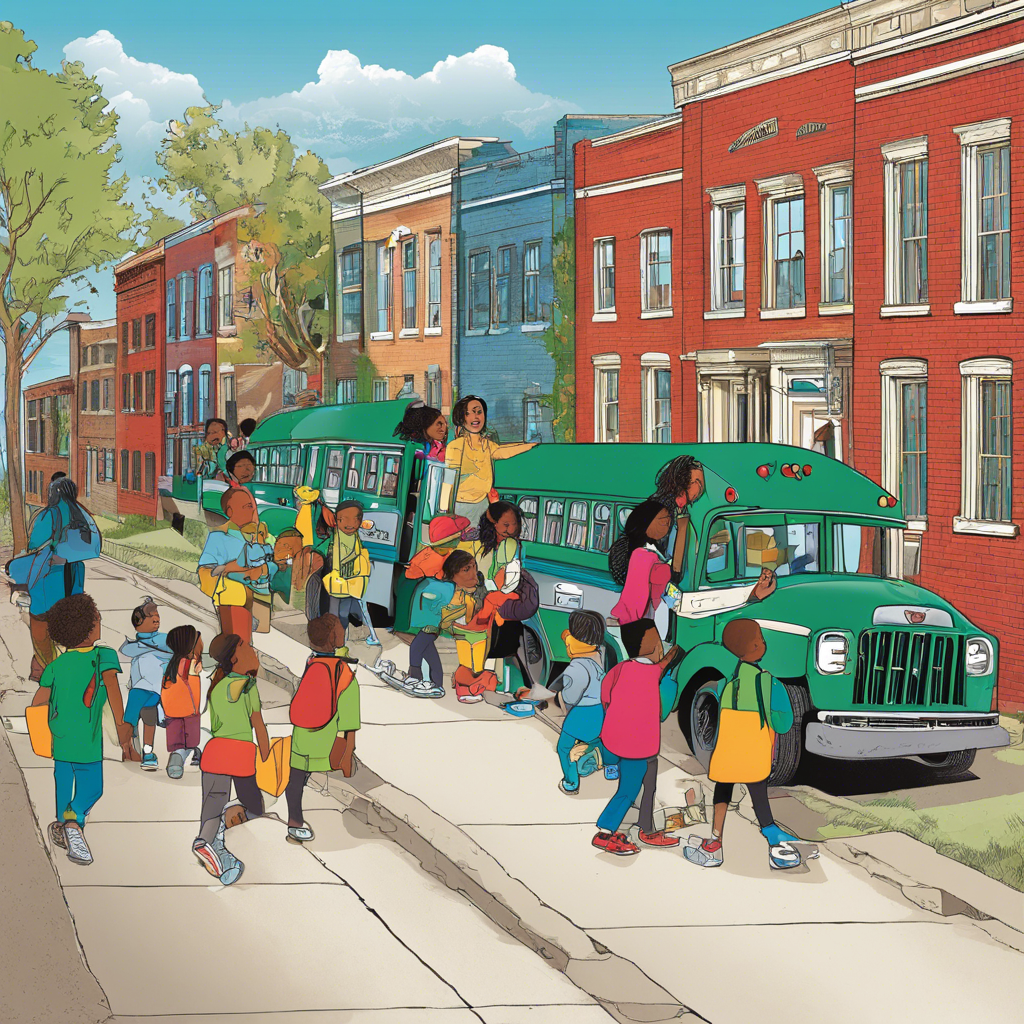Educational equity is key to reducing achievement gaps. Learn about strategies and interventions for promoting equitable learning.
In today’s diverse educational landscape, ensuring that every student has access to high-quality education and the opportunity to reach their full potential is paramount. **Educational equity** is a fundamental concept that plays a crucial role in addressing and reducing achievement gaps, which are disparities in academic performance between different groups of students. This article explores the significance of educational equity, delving into strategies and interventions aimed at creating a more inclusive and effective learning environment for all.
Understanding Educational Equity
At its core, educational equity is about ensuring that every student, regardless of their background or circumstances, has an equal opportunity to succeed. This concept goes beyond mere equality and focuses on addressing the specific needs and challenges faced by different student populations. By recognizing and accommodating these differences, educational equity aims to create a level playing field, enabling all students to participate fully in the learning process.
To illustrate the importance of educational equity, let’s consider the following scenario: Imagine a classroom where some students consistently outperform others due to factors such as socioeconomic status, language proficiency, or access to resources. This gap in academic achievement not only affects individual students but also has broader societal implications. By promoting educational equity, educators can work towards narrowing these gaps and fostering a more inclusive society.
Strategies for Promoting Educational Equity
Personalized Learning Paths
One effective approach to achieving educational equity is through the implementation of
**personalized learning paths**
. This strategy recognizes that students have unique learning needs and abilities, and it tailors instruction accordingly. By providing customized learning experiences, educators can ensure that all students receive the support they need to excel. For example, adaptive learning software can be utilized to deliver differentiated instruction, allowing students to progress at their own pace.
Research by the Gates Foundation has shown that personalized learning can significantly improve student outcomes, particularly for those who have traditionally been underserved. To learn more about this approach, explore the Personalize Learning website, which offers valuable insights and resources.
Cultural Relevance and Inclusion
Another critical aspect of educational equity is fostering a culturally responsive and inclusive learning environment. This involves recognizing and valuing the diverse backgrounds and experiences of students, integrating them into the curriculum, and promoting a sense of belonging.
Implementing Culturally Responsive Teaching
Culturally responsive teaching involves adapting instructional methods and materials to align with students’ cultural backgrounds. This approach not only enhances student engagement but also validates their identities and experiences. For instance, incorporating diverse literature and historical perspectives into the curriculum can help students see themselves reflected in their learning.
Unleashing the Power of Inclusion
Inclusion is not just about physical presence but also about ensuring that every student feels valued and respected. Educators can create inclusive classrooms by promoting open dialogue, embracing diverse perspectives, and providing opportunities for all students to contribute. For more insights on inclusive education, visit the Inclusive Schools Network, a valuable resource for educators.
Interventions for Reducing Achievement Gaps
Targeted Interventions
To address existing achievement gaps, targeted interventions can be highly effective. These interventions focus on specific areas where students may be struggling and provide additional support to help them catch up. For example, intensive tutoring programs can provide individualized attention to students who are falling behind, helping them build essential skills and confidence.
Researchers at the RAND Corporation have conducted extensive studies on the impact of targeted interventions, highlighting their potential to significantly reduce achievement gaps.
Early Intervention Programs
Starting interventions early can be particularly beneficial. Early childhood education programs that focus on language development, literacy, and social-emotional skills can set the foundation for future academic success. These programs can help identify and address learning difficulties at an early stage, preventing the widening of achievement gaps.
Community Engagement and Support
Reducing achievement gaps requires collaboration between schools and communities. Community-based organizations can provide additional resources, mentorship, and support to students and families. By fostering strong partnerships, schools can create a network of support that extends beyond the classroom.
Questions and Answers
How can schools ensure that educational equity is a priority in their policies and practices?
Schools can make educational equity a priority by setting clear goals and objectives, providing professional development opportunities for educators, and fostering a culture of continuous improvement. Regularly reviewing and updating policies to promote inclusivity and fairness is essential.
What role do parents and caregivers play in promoting educational equity?
Parents and caregivers play a vital role in advocating for their children’s educational needs and rights. By staying informed and involved, they can ensure that their child’s learning environment is equitable and supportive. Moreover, they can contribute to school-community partnerships, fostering a sense of collective responsibility for educational equity.
Conclusion
Educational equity is a powerful catalyst for reducing achievement gaps and creating a more equitable society. By implementing personalized learning paths, fostering cultural relevance and inclusion, and deploying targeted interventions, educators can make a significant impact on student outcomes. It is through a comprehensive approach that prioritizes the unique needs of every learner that we can build a foundation for a brighter and more inclusive future.
